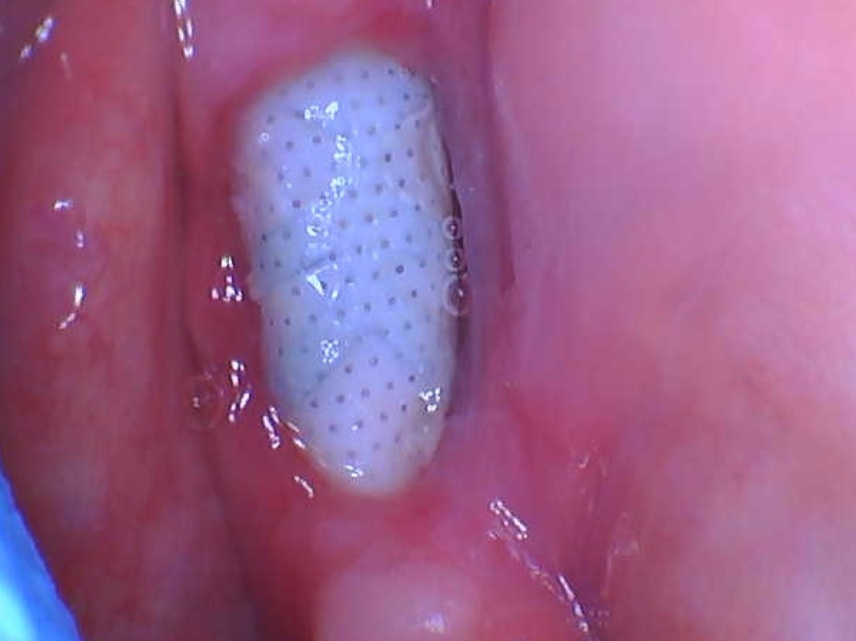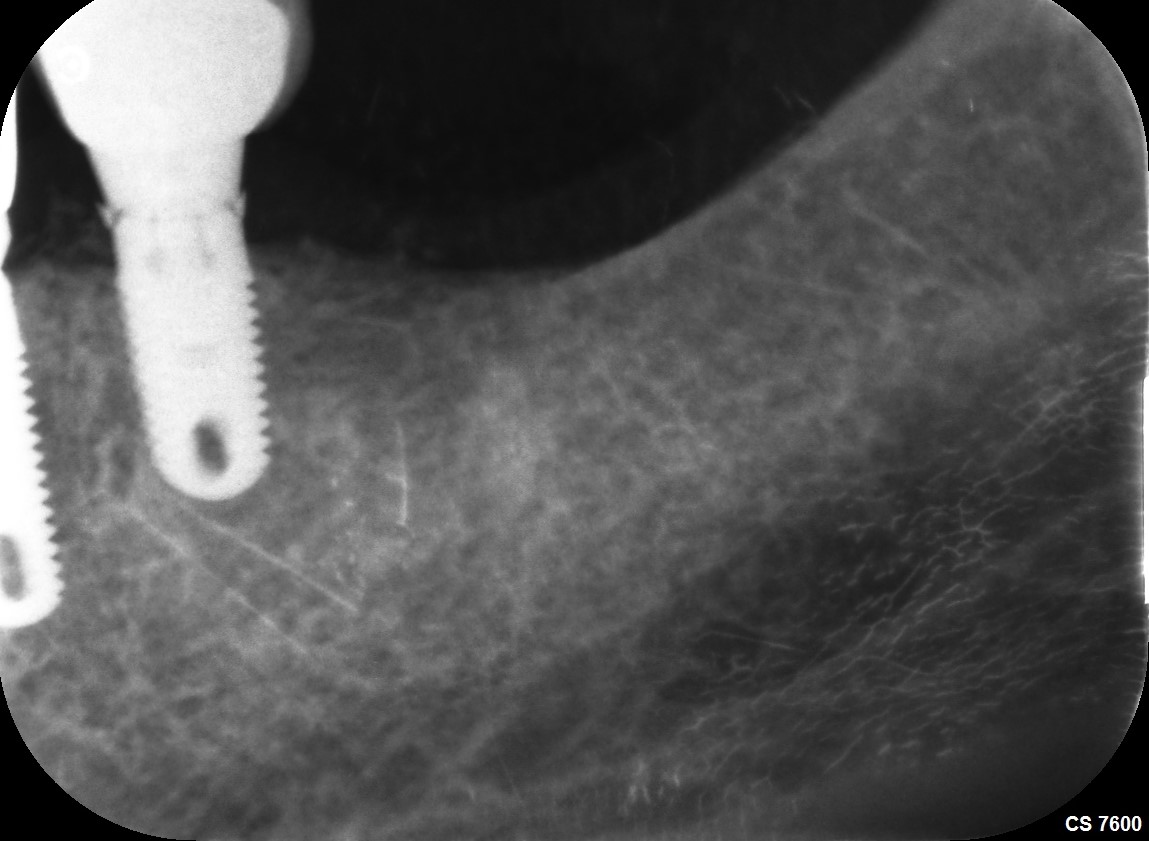Buccal Cortical Plate Complications During Implant Surgery: Advice?
Dr. B asks:
I have a patient who is treatment planned for an implant in #9 area [maxillary left central incisor; 21] in a two-stage procedure. I placed an implant and covered with soft tissue primary closure. Healing appeared to be uneventful. At the second stage surgery, the buccal cortical plate and bone graft were gone, exposing the threads of the implant in the soft tissue. The implant was not mobile. My periodontist placed a bone graft, membrane and covered with soft tissue primary closure. What should we do if the buccal cortical plate fails to reform? What should I do if the newly regenerated buccal cortical plate is dislodged during the restorative phase?
6 Comments on Buccal Cortical Plate Complications During Implant Surgery: Advice?
New comments are currently closed for this post.
Carlos Boudet, DDS
9/6/2010
A maxillary central incisor implant needs great attention to detail in placement, such as enough space between the implant and the labial plate filled with graft material to avoid the resorption of the labial plate during healing, redirecting the osteotomy palatally in the extraction socket, etc...
Now that the damage is done, the grafting to create labial bone over the exposed implant surface will not be easy.
The bone morphogenic cells are only available from the surrounding bone, and if you have no cells, you get no new bone formation. There are bone graft materials available with bmp's and cytokines that are osteoinductive, and even bone marrow for stem cells such as Dr Smiler advocates, but it all increases the cost and complexity of the procedure.
You did not give any details on the grafting materials and procedure, so you will have to wait and see.
Good luck.
Carlos Boudet, DDS
9/6/2010
Sorry, I forgot to answer your last question:
If you are lucky enough to recreate a labial plate of bone over the implant, do not worry about dislodging it with your restorative procedures.
An abutment, impression coping or crown, should not create any problems for the newly formed bone.
Good luck
dr shrikar desai
9/13/2010
dr b,
1. use proper bonegraft around, here autograft , the gold standard.
2. cover the auto graft with titanium reinforced GTR to create space & not to collapse the gtr.
3. YOUR BONE GRAFT SURGERY DEPENDS ON HOW MANY THREADS ARE EXPOSED ? , HOW MUCH mm OF LENGTH OF IMPLANT EXPOSED?, WHat is the type of defect?.
in any case procedure 1,2 should give you satisfactory result & do not worry about dislodging , once bone is formed it stays , & it is not affected by restorative procedures unless the placement of margin of restoration is beyond biologic width.
dutchy
9/19/2010
In my opinion you should think about why this has happened. If this is because insufficient bone in the beginning during for example flapless surgery then this could work well, but when the implant has been placed outside its natural bone enveloppe, e.g. to much buccal you will end up with resorption in the future again. We can't built bone outside its natural limitations that good. So in that case it can be wise to start all over again and remove the implant and hope you can manage the damage you will create after implant removal. Tell your patient that it will gone take a long time before you can finish the treatment. The end result will be somewhat of a compromise because all the extra surgery that have to be done.
Dr.B
10/28/2010
thank you for all the advice, appreciate it. It's been 2 months,Patient was seen for a 2 month post op since the bone graft was placed. However I see a concavity in the buccal aspect, which was no there in the 1 month post op. The periodontist says that she does not see the threads of the implant and it's not rough on palpation. She thinks a layer of bone has formed. During the 2nd stage surgery, if necessary, she will regraft.......What's your advice? I am concerned about restoring this case if the buccal bone is not there or a thin layer if at all it has formed. How should I approach the restorative part? Should this case be started all over? Thanks!
Richard Hughes, DDS, FAAI
10/31/2010
You can avoid alot of these problems with the proper use of blade implants.
















